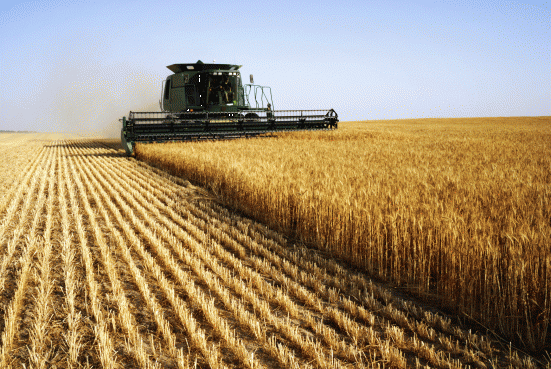- They contain more than double the proteins in wheat, rice and oats
- The main producers in the world are Peru, Bolivia and Ecuador
EXPORT
Ancient precolumbian cultures produced grain crops, such as quinoa, kiwicha and cañihua, with very high nutritional value. Latin America’s Andean region has the advantage of possessing the ideal soil and climate conditions for producing these crops that have gained international recognition.

Production of these crops dates from precolumbian Andean civilizations located in Peru, Bolivia and Ecuador, which are the world’s main producing countries of these nutritional grains. According to the Food and Agriculture Organization of the United Nations (FAO), they contain more than double the proteins of more typical crops such as wheat, rice or oats, and also differ in better quality.
Quinoa is a pseudo-cereal identified as a grain crop due to its edible seeds, which after processed is cooked as rice. Incas called quinoa “the mother of all grains,” probably in recognition of its nutritional value. Furthermore, it is gluten-free and provides essential vitamins, minerals and amino acids.
Kiwicha or amaranth, another crop held to be sacred by the Incas, was also used by the Aztec and Mayan civilizations. It contains high 13 to 18% levels of leucine, an essential nutritional amino acid. It is also rich in calcium, phosphorous, iron, potassium, zinc, vitamin E and vitamin B complex. This crop has even caught NASA’s attention and has incorporated it to the astronauts’ diet in space.
Cañihua or Kañiwa is mainly grown in the highlands of Peru and Bolivia. The grain is toasted very carefully to avoid burning and is then aired and ground. A brownish flour known as “cañihuaco” is formed, which is used to prepare an energy drink that tastes similar to chocolate. This product is increasingly gaining worldwide prestige as fortifying food.
Senior citizens and individuals on weight-loss diets can benefit from eating quinoa. Its nutritional values, especially fiber, reduce blood cholesterol levels and improve the functioning of the digestive system. It also has many beneficial nutrients such as amino acids, vitamins and antioxidants. This is why consumers in developed countries are increasingly adding this grain to their diets.
PYMEX reports that these grains are now being added to ingredients and culinary styles from different regions in the world, creating new trade opportunities. Currently, most of the international demand comes from countries in Europe, America and Asia as a result of its incorporation in various culinary styles such as Chinese, Japanese, Mediterranean, Italian, French and Indian, indicates PYMEX.
Consumption of this crop has achieved unprecedented growth in recent years. América Economía reports that in 2013 quinoa exports from Bolivia grew 88% compared to the previous year. It is worth mentioning the fact that FAO declared 2013 the International Year of Quinoa, helping raise awareness of its benefits, and in turn causing a hike in demand from new consumers.
Likewise, América Economía indicates that the grain’s value climbed 71% in 2013 with respect to the previous period. The price per ton of quinoa is US$ 6,000 and previously it used to trade for approximately US$ 3,500. Experts indicate that this is because the demand exceeds the supply, leading to higher prices.
Currently, the main benefit for producers consists of an international market with guaranteed high-prices. This provides producers with the financial resources to improve the crop’s quality by investing in technology for optimizing production and helps them be better prepared in the event of a bad harvest or crisis.
Another attractive feature of these grains is their adaptability to different climates and soil conditions. FAO emphasizes the low production costs and the high productive potential of this crop in different geographical areas such as Kenya (yielding 4 tons per hectare) and France (1.08 tons per hectare).
This is why many producers today are adopting designations of origin to try to position and differentiate the product. For example, the case of royal quinoa, or quinua real in Spanish, a name adopted by Bolivian producers from the Lipez province to differentiate the grain quinoa produced in this region.
KEYWORDS
To get in touch with the ConnectAmericas support team, please send an e-mail with your request to soporte@connectamericas.com and we will get back to you briefly.
Follow Us